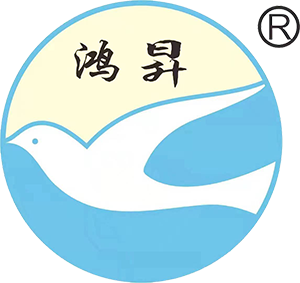Tribasic Copper Chloride
Technical Specifications of Chemicals
|
NO. |
Item |
Index |
|
1 |
Cu2Cl(OH)3 |
≥98% |
|
2 |
Copper(Cu)% |
≥58% |
|
3 |
Plumbum(Pb) |
≤ 0.005 |
|
4 |
Iron Fe % |
≤ 0.01 |
|
5 |
Cadmium(Cd)% |
≤ 0.001 |
|
6 |
acid non-soluble substance , % |
≤0.2 |
Physical and Chemical Properties
Dicopper chloride trihydroxide is green crystal or dark green crystalline powder, insoluble in water, soluble in dilute acid and ammonia. It reacts with alkali to produce blue flocculent precipitate, which is copper hydroxide, and decomposes in boiling water to produce black copper oxide.It is very stable in air. Low water absorption, not easy to agglomerate, the surface of solid particles of basic copper chloride is neutral, not easy to react with other substances.
Synthesis Methods
1, Cu2(OH)3Cl can be prepared by hydrolysis of CuCl2 at pH 4-7, or by using various bases (e.g., sodium carbonate, ammonia, calcium hydroxide, sodium hydroxide, etc.). The reaction equation is as follows:2CuCl2 + 3NaOH → Cu2(OH)3Cl + 3NaCl
2, Cu2(OH)3Cl can also be prepared by reacting CuCl2 solution with CuO. The reaction equation is as follows:
CuCl2 + 3CuO + 3H2O → 2Cu2(OH)3Cl
3, if there are enough chloride ions in the solution, with CuSO4 in alkaline solution hydrolysis will also produce Cu2(OH)3Cl. the reaction equation is as follows:
2CuSO4 + 3NaOH + NaCl → Cu2(OH)3Cl + 2Na2SO4
Safety information
Hazardous Transportation Code: UN 3260 8/PG 3Dangerous Goods Symbol: Corrosion
Safety marking: S26S45S36/S37/S39
Hazard symbol: R22R34





